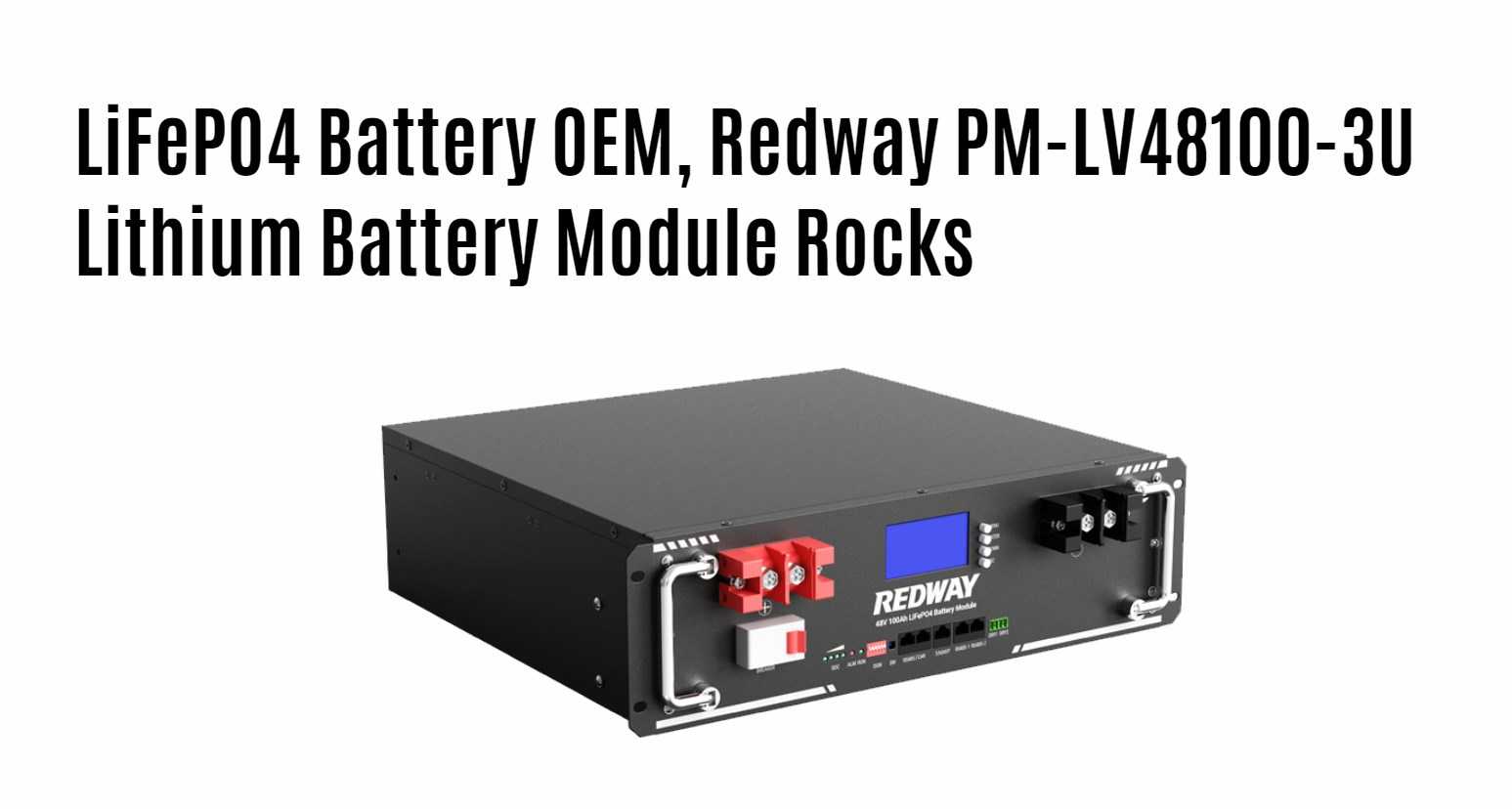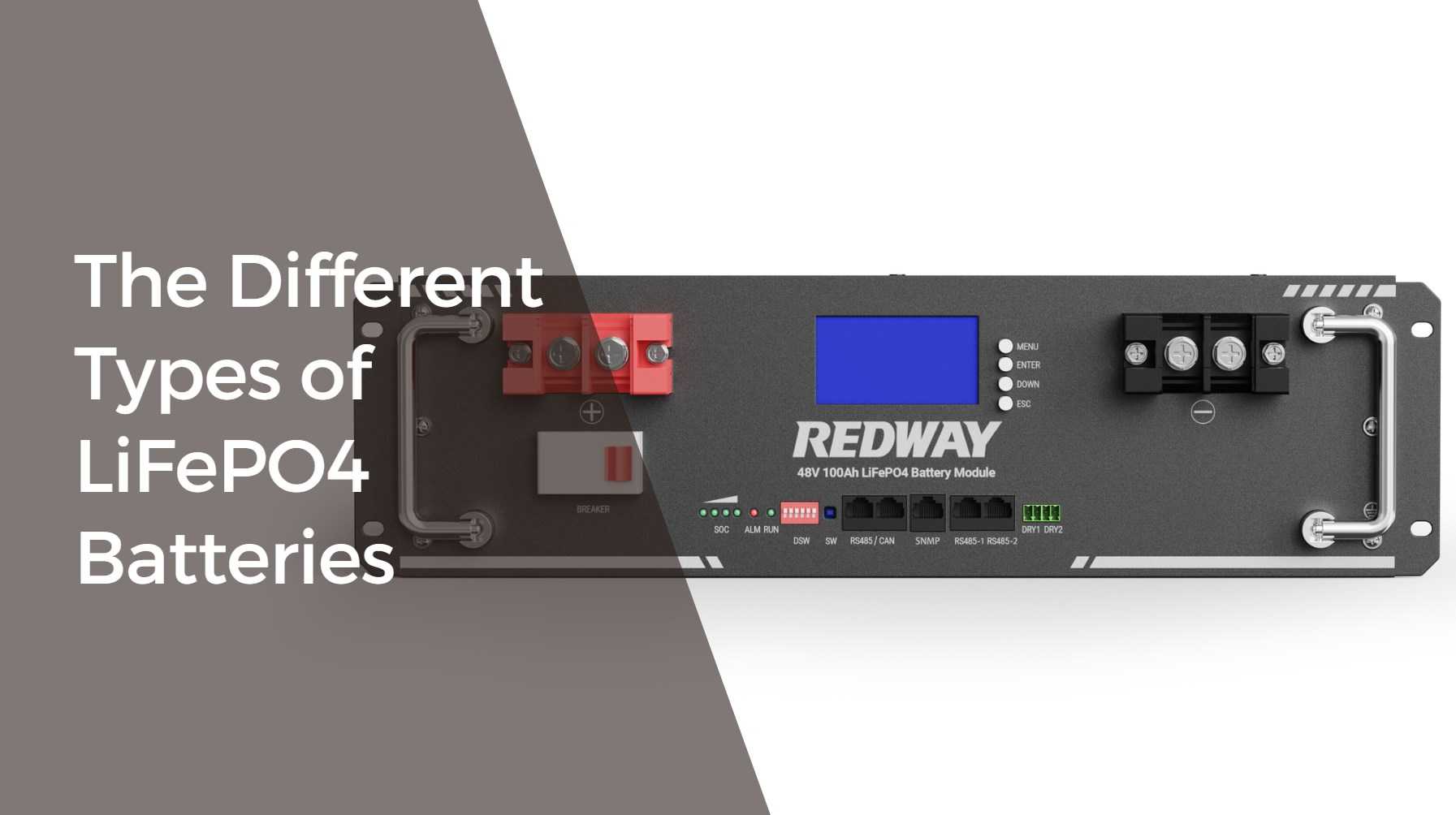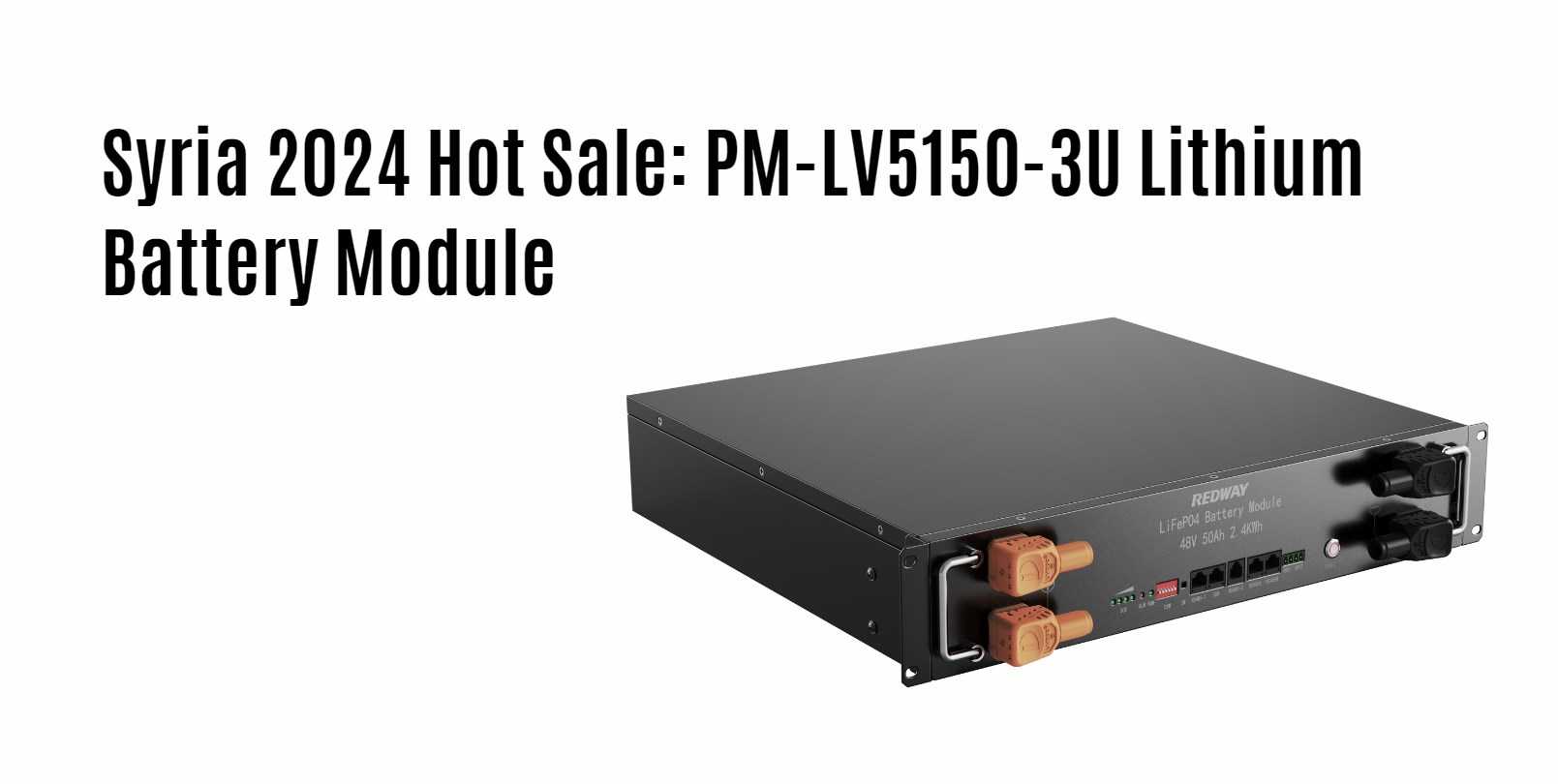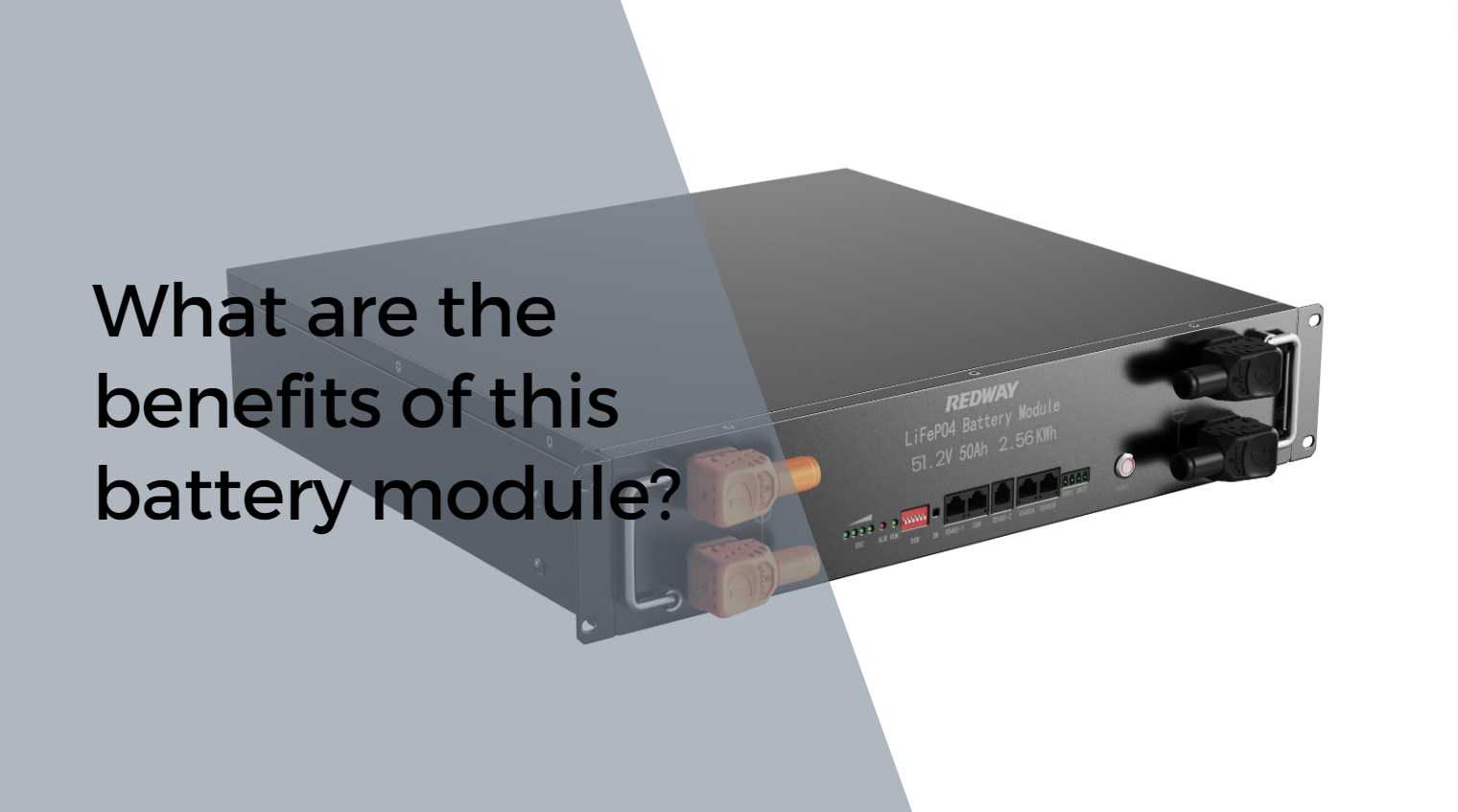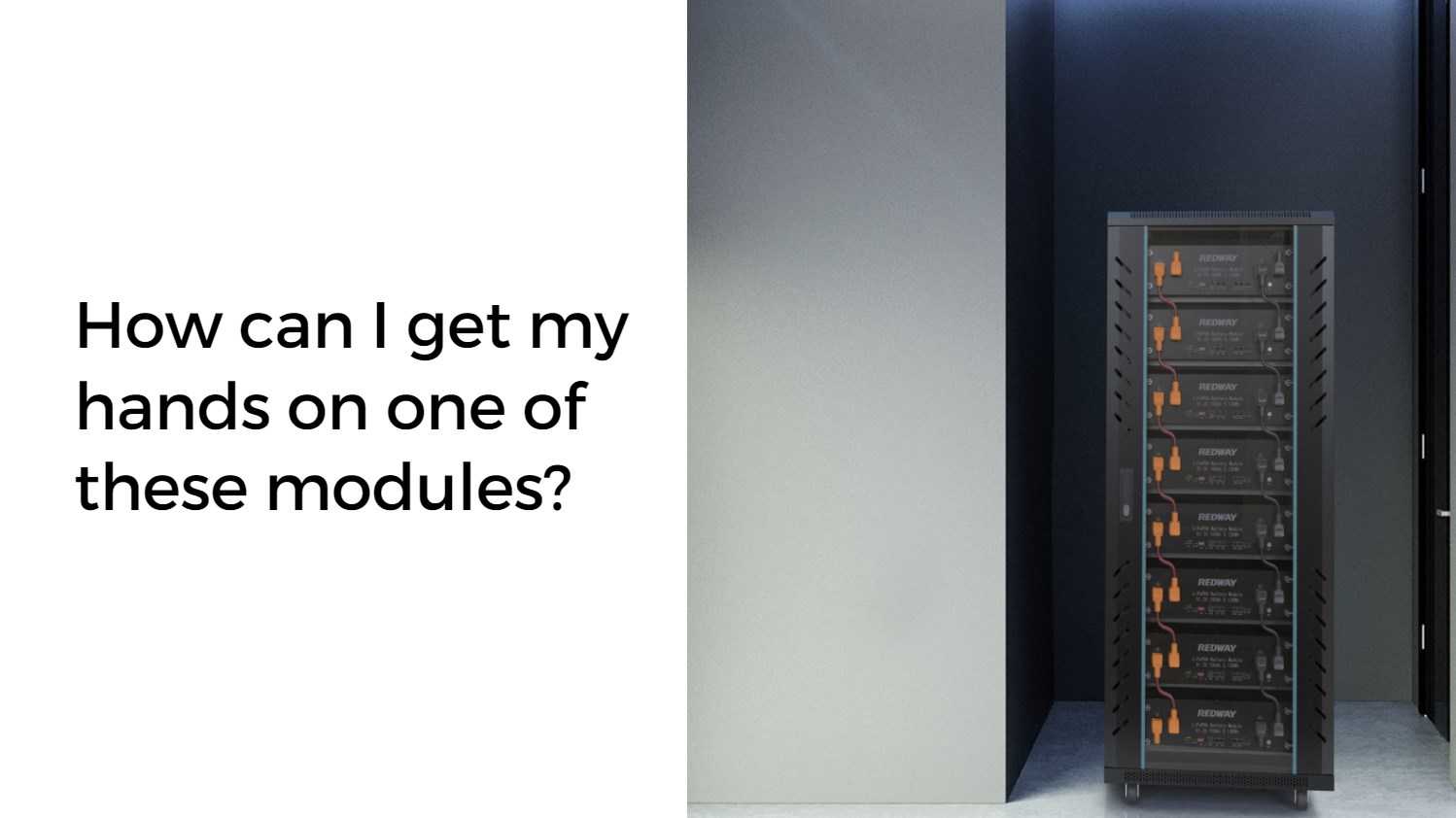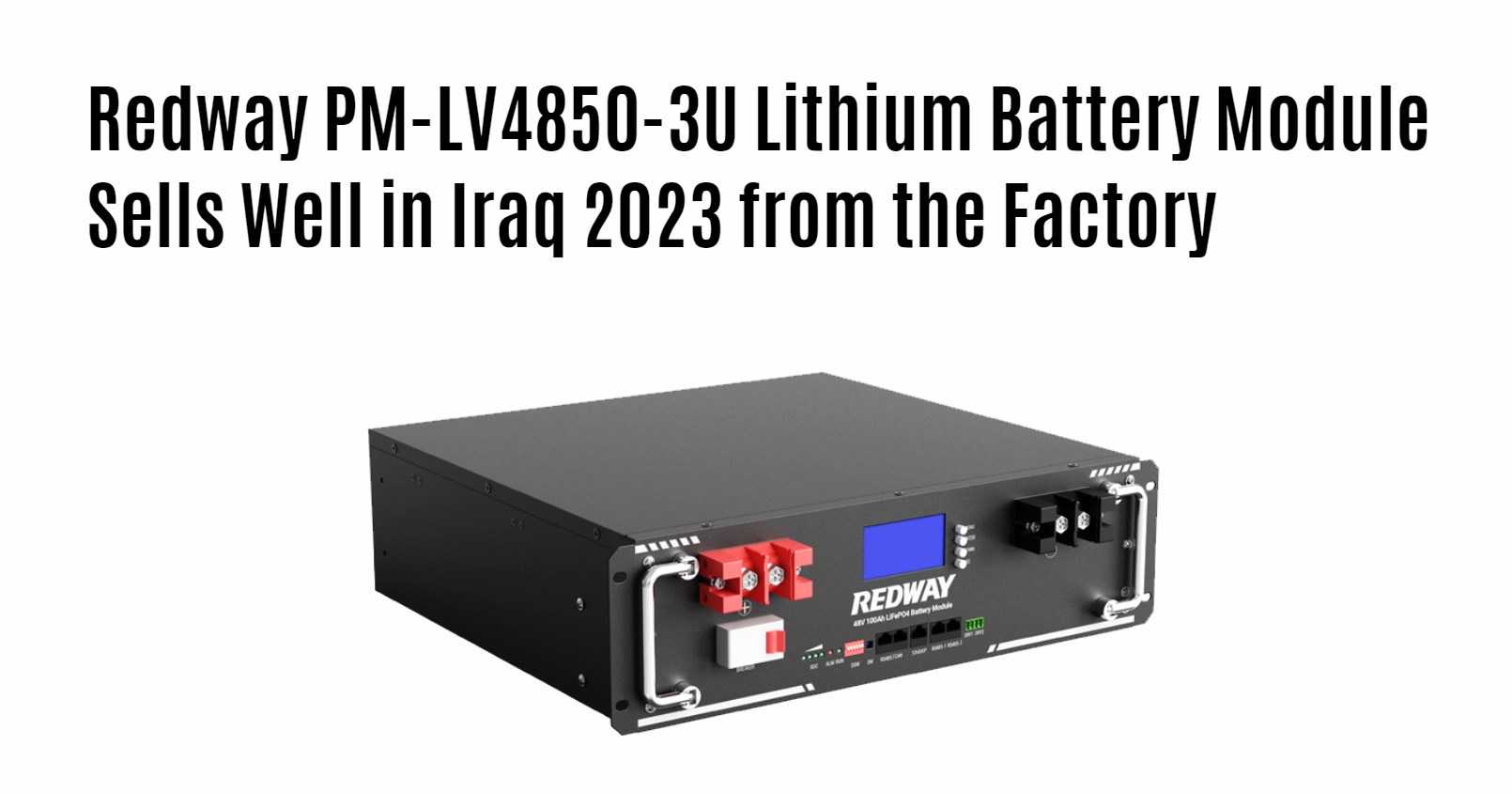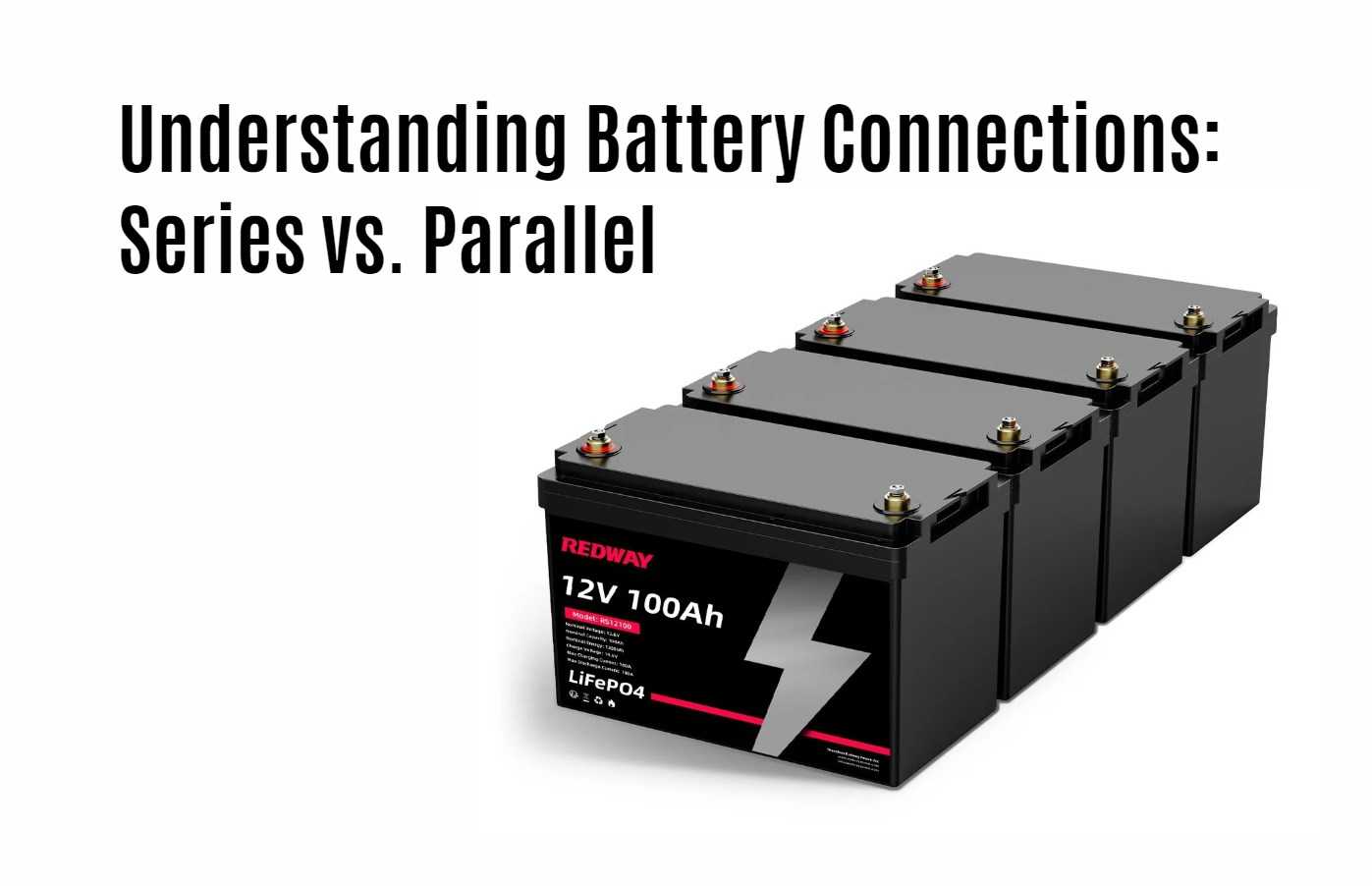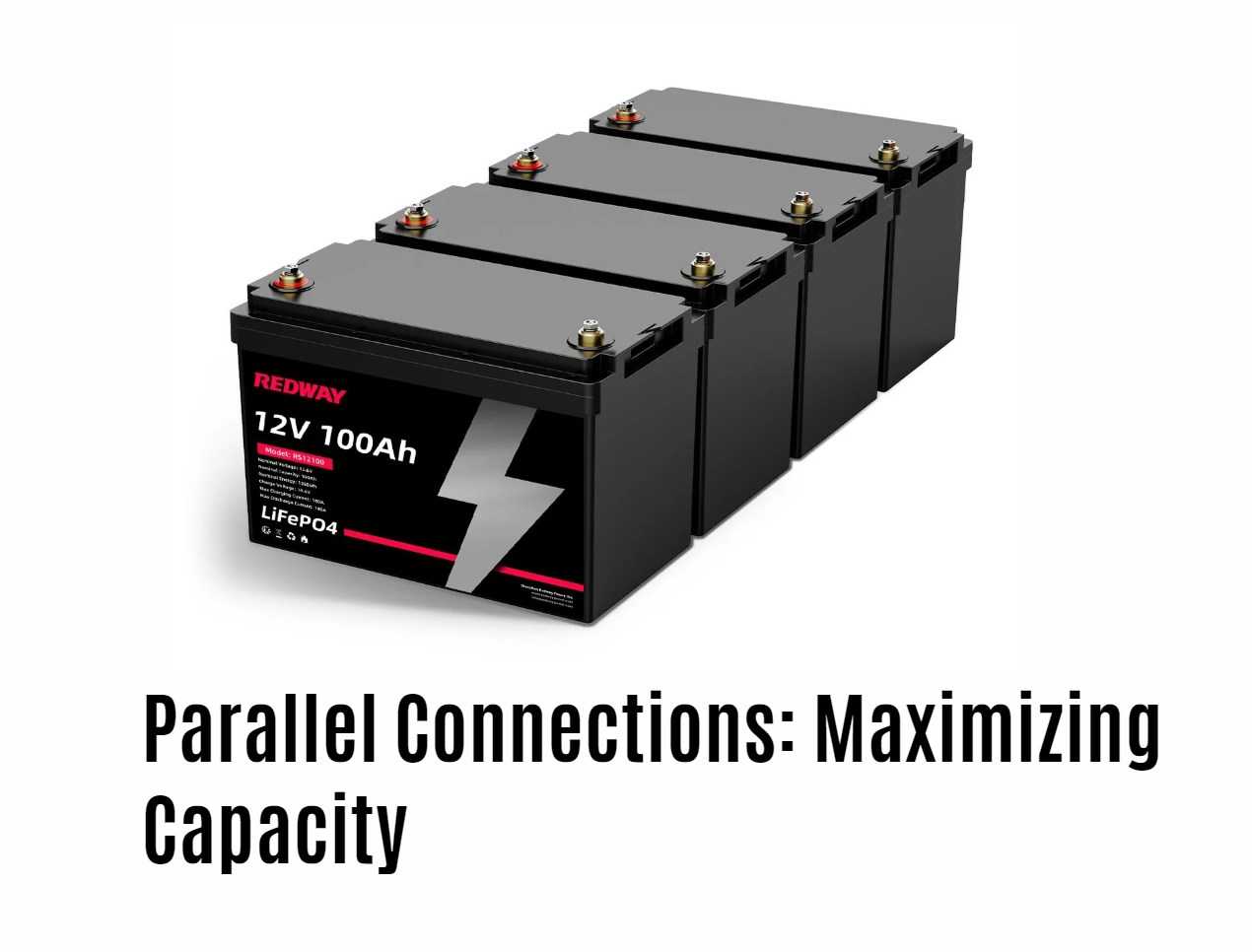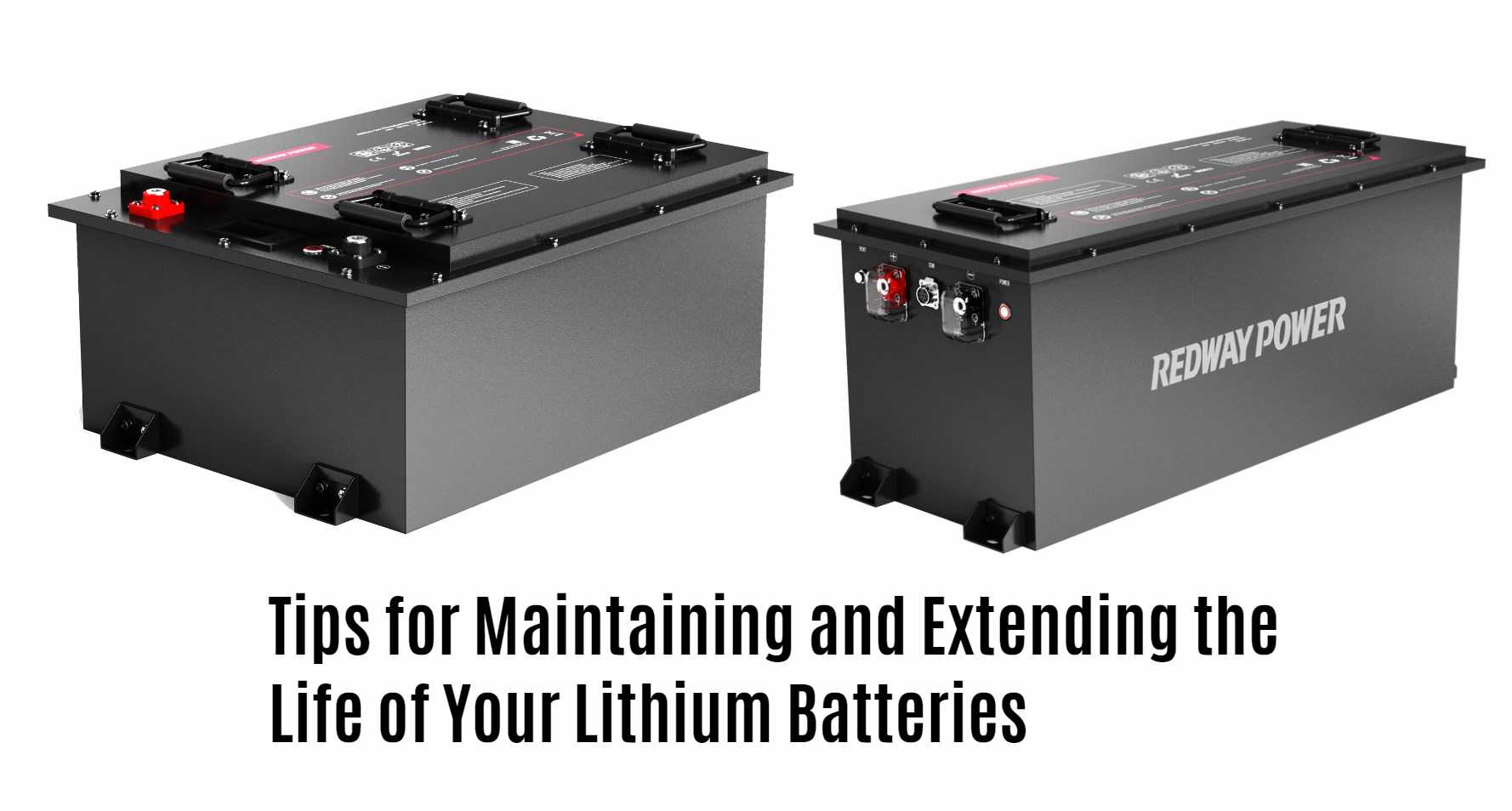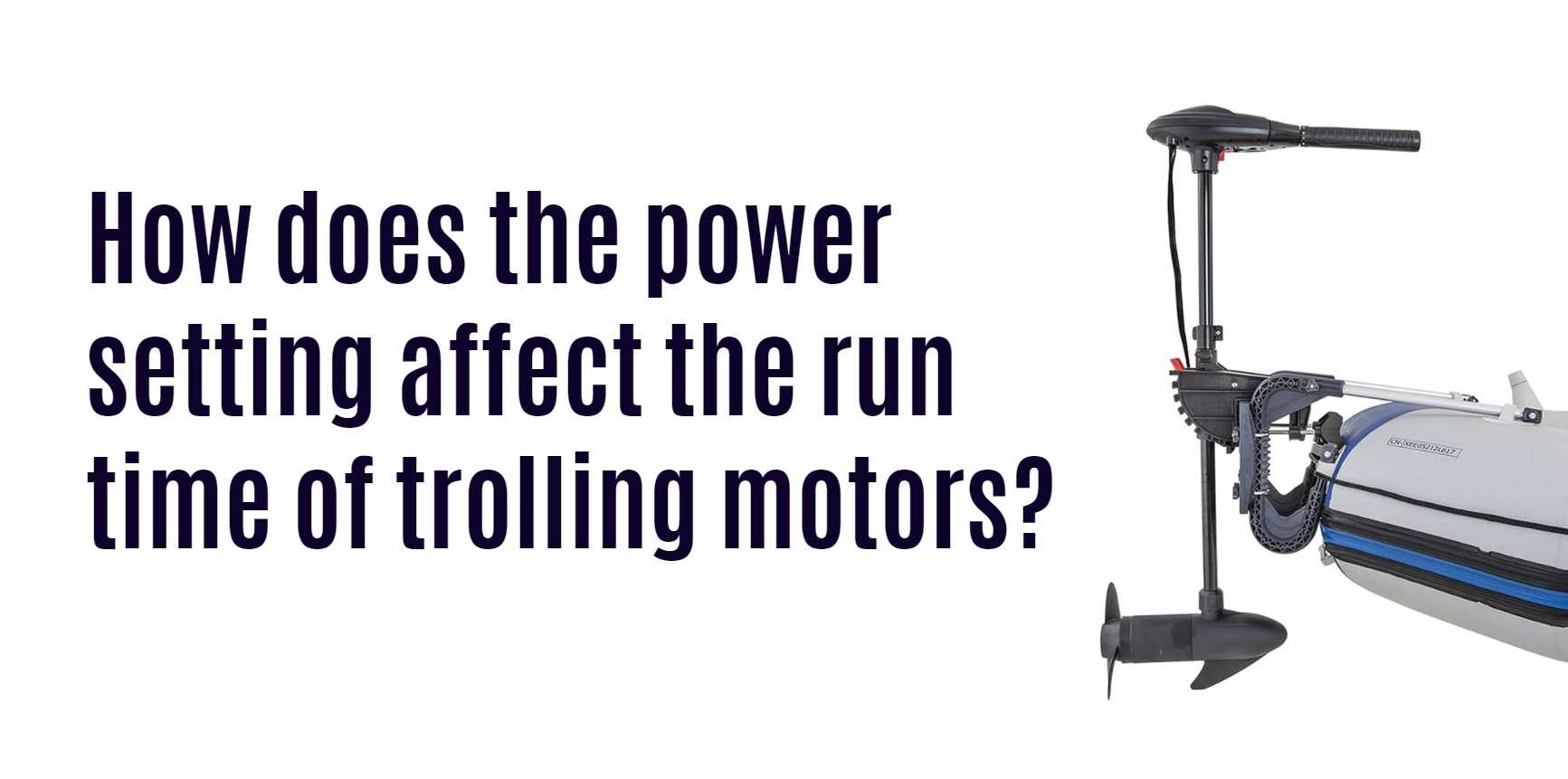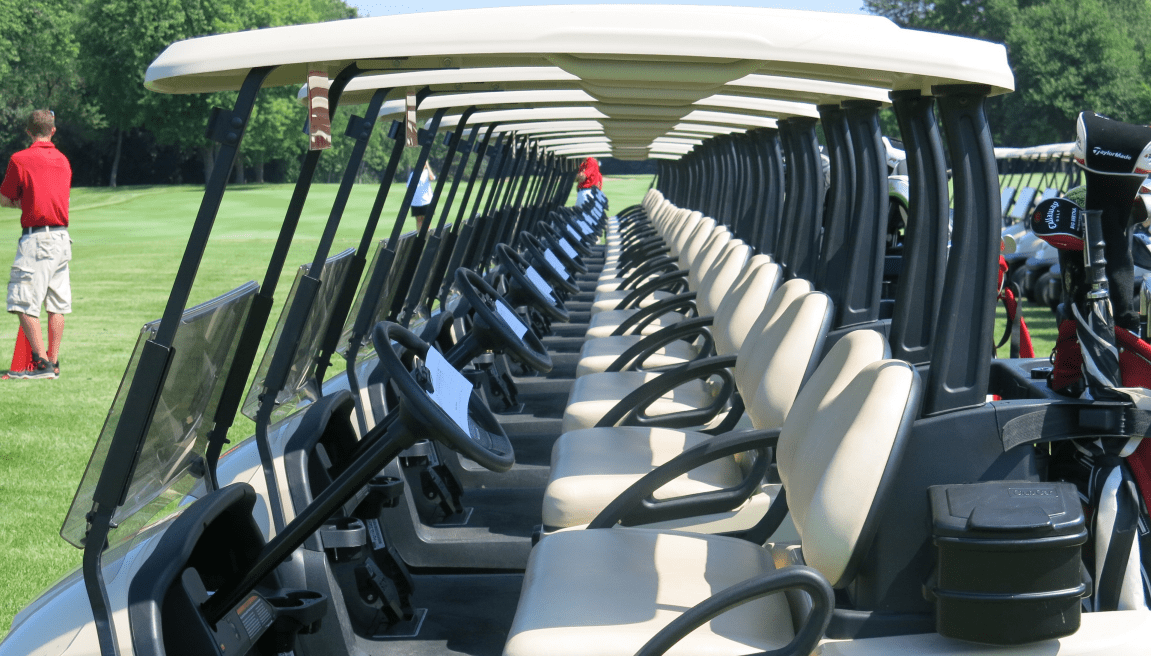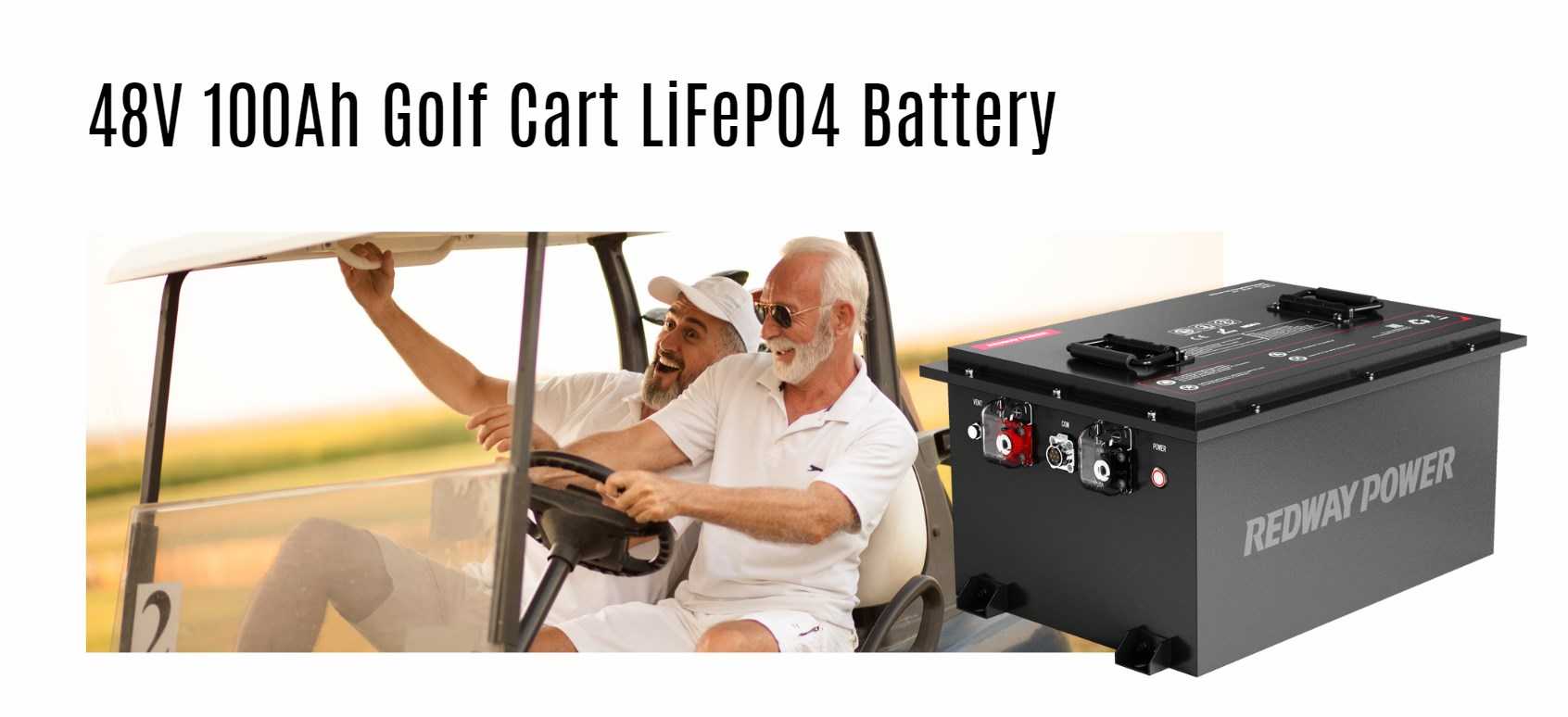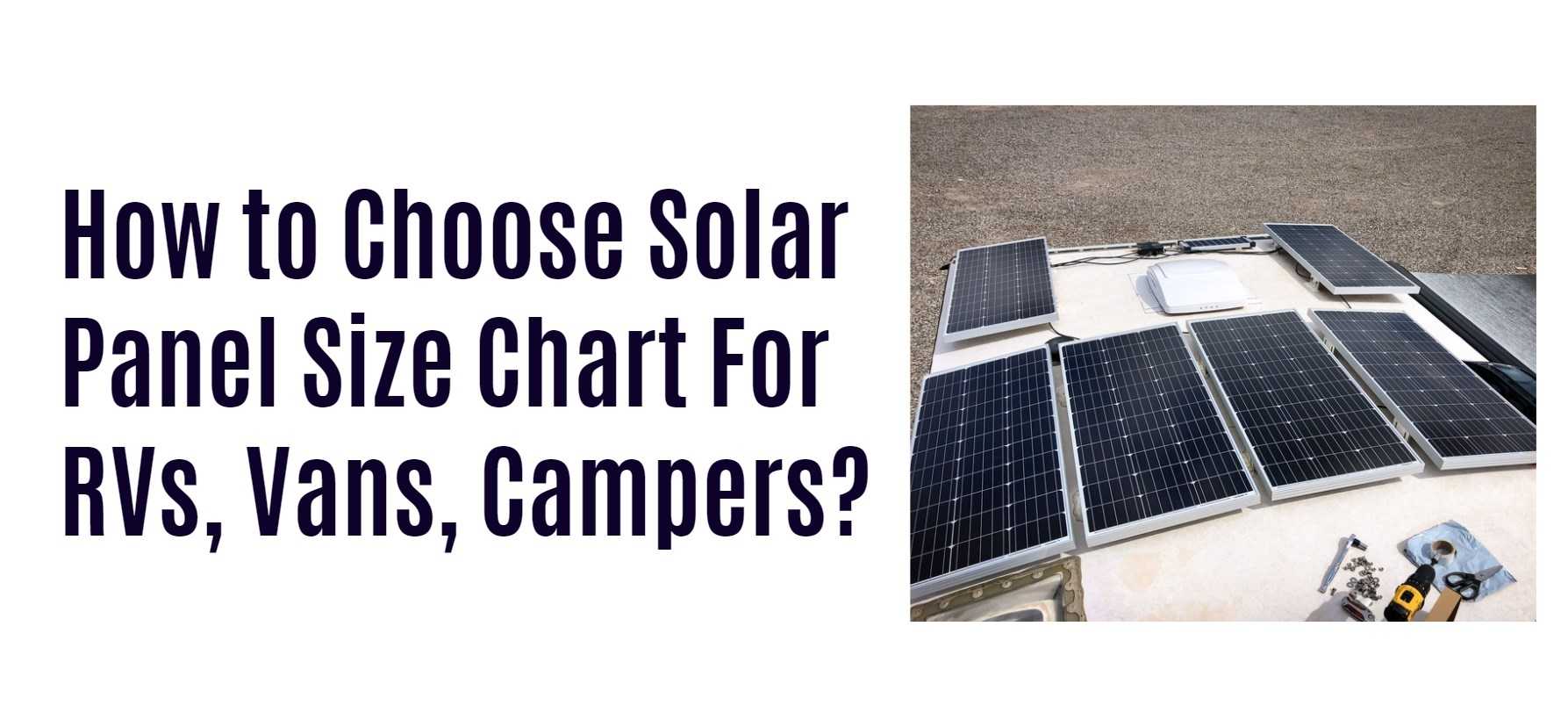Maximizing car battery lifespan and performance involves proper maintenance, avoiding extreme temperatures, ensuring correct charging practices, and selecting high-quality batteries like those from Redway Battery. Regular checks and understanding usage patterns help extend battery health, ensuring reliable vehicle operation and fewer replacements.
What Is the Basic Function of a Car Battery and Why Does It Matter?
A car battery provides the initial electrical power to start the engine and powers accessories when the engine is off. Its health impacts vehicle reliability and overall electrical system performance. Understanding this core function sets the foundation for effective maintenance and lifespan maximization.
Car batteries deliver the cranking amps necessary to start the engine and stabilize voltage to keep your vehicle’s electronics running. Poor battery health leads to slow starts, dimming lights, and potential breakdowns. Therefore, maintaining optimal charge levels and preventing battery drain is crucial from the start.
How Does Temperature Affect Car Battery Performance and Longevity?
Extreme heat accelerates battery fluid evaporation leading to capacity loss, while cold reduces the battery’s ability to provide sufficient power. Both extremes shorten lifespan. Keeping batteries within ideal temperature ranges or insulating them can mitigate these effects.
Lithium batteries, like those from Redway Battery, are engineered for enhanced temperature tolerance but still benefit from proper environmental management. In hot climates, parking in shade reduces overheating. In cold climates, insulated battery covers or heated garages prevent freezing and performance drops, extending battery life.
Which Maintenance Practices Are Essential for Maximizing Battery Life?
Regular inspection and cleaning of battery terminals, timely charging, avoiding deep discharges, and ensuring secure mounting are key practices. These prevent corrosion, maintain charge efficiency, and reduce mechanical stress that expedites wear.
Periodic voltage checks help detect early signs of battery failure, enabling proactive replacement. Using smart chargers prevents overcharging, which damages battery cells. Maintenance consistency, supported by expert products like Redway Battery packs, ensures longevity and peak performance.
Why Is Correct Charging Critical for Battery Health?
Correct charging prevents overcharging, undercharging, and sulfation – all contributors to reduced capacity and lifespan. Charging systems should match battery specifications to preserve chemical integrity.
Advanced chargers designed for lithium-based batteries deliver precise voltages, maintain balanced cell charges, and feature automatic cutoff to avoid damage. Redway Battery’s engineering approach focuses on charge optimization, enabling clients to sustain high battery output and reliability over years.
Table 1: Charging Effects on Battery Health
| Charging Condition |
Impact on Battery |
Recommended Practice |
| Overcharging |
Cell damage, heat |
Use regulated chargers with cutoff |
| Undercharging |
Sulfation risk |
Full charging cycles regularly |
| Balanced charging |
Optimal lifespan |
Employ smart chargers |
How Can Driving Habits Influence Battery Lifespan?
Short trips prevent full recharge cycles, causing cumulative capacity loss, while long, consistent drives allow better battery recovery. Minimizing accessory use with the engine off also preserves battery charge.
Frequent stop-and-go driving or overnight idling without charging strains batteries. Conscious driving that supports complete charge cycles, reduced idling, and strategic accessory use extends service life. Investing in quality batteries like those from Redway Battery complements proper driving habits, providing robust reserve capacity.
When Should You Replace Your Car Battery for Optimal Performance?
Replace the battery when it consistently fails voltage or performance tests, shows physical damage, or exceeds manufacturer lifespan (typically 3-5 years for lithium batteries). Proactive replacement avoids sudden failures.
Regular professional diagnostics combined with self-monitoring can signal replacement timing. Redway Battery offers durable LiFePO4 models with extended warranties, helping users plan replacements with confidence and reduce downtime.
Are Lithium Batteries Better for Car Use Than Traditional Lead-Acid Batteries?
Yes, lithium batteries offer higher energy density, longer lifespan, faster charging, and lighter weight compared to lead-acid batteries. They require less maintenance and provide more stable voltage output.
LiFePO4 batteries from Redway Battery exemplify next-generation technology with superior cycle life and environmental resistance, making them ideal for modern vehicles. Their stable chemistry ensures enhanced safety and performance in varying conditions.
Table 2: Lithium vs. Lead-Acid Battery Comparison
| Feature |
Lithium (LiFePO4) |
Lead-Acid |
| Weight |
~50% lighter |
Heavier |
| Cycle Life |
2,000–5,000 cycles |
300–500 cycles |
| Charge Speed |
Fast (1-2 hours) |
Slow (6-8 hours) |
| Maintenance |
Minimal |
Requires fluid checks |
| Temperature Range |
-20°C to 60°C |
Limited cold tolerance |
Can OEM Customization Improve Battery Performance and Lifespan?
Yes, OEM customization allows tailoring battery specifications to exact vehicle requirements, optimizing size, capacity, discharge rates, and integration for maximal efficiency and durability.
Redway Battery’s OEM/ODM services leverage years of expertise to deliver custom LiFePO4 packs that fit unique applications like forklift or golf carts. Customized thermal management and electronic controls enhance performance, reliability, and lifespan beyond generic solutions.
Who Should Consider Upgrading to High-Quality Lithium Batteries Like Redway’s?
Vehicle owners seeking longer-lasting, more reliable batteries with better performance under extreme conditions benefit most. Commercial fleets, golf cart operators, and RV users especially gain from improved durability and operational uptime.
Upgrading reduces total cost of ownership by lowering replacement frequency and maintenance needs. Redway Battery provides scalable solutions that fit various industries, backed by robust after-sales service and global availability.
Redway Expert Views
“Maintaining car battery performance today means embracing innovation and precision manufacturing. At Redway Battery, we focus on delivering LiFePO4 battery solutions engineered for durability, safety, and adaptability to diverse operational demands. Our commitment is to optimize every battery’s electrochemical stability and thermal management, which translates to longer life and enhanced user confidence. As automotive energy needs evolve, customized, high-quality batteries will be the backbone of smart mobility.” — Redway Battery Engineering Team
Conclusion: Key Takeaways for Maximizing Car Battery Lifespan and Performance
-
Understand your battery’s core function and environmental sensitivities.
-
Manage temperature exposure through strategic parking and insulation.
-
Maintain regularly with cleaning, inspection, and proper charging methods.
-
Adapt driving habits to support full charge cycles and reduce strain.
-
Choose advanced lithium technology like Redway Battery’s LiFePO4 packs for improved longevity and reliability.
-
Leverage OEM customization to match battery performance precisely with vehicle needs.
-
Replace batteries proactively before failure to ensure consistent operation.
By following these expert-backed guidelines and partnering with trusted manufacturers like Redway Battery, car owners can significantly extend battery life, elevate performance, and reduce unexpected downtime.
FAQs
Q1: How often should I check my car battery’s health?
Ideally, inspect your battery every 3-6 months for voltage, terminal condition, and overall charge status.
Q2: Can extreme cold damage lithium car batteries?
While lithium batteries tolerate cold better than lead-acid, extreme cold can still reduce capacity temporarily; insulation helps mitigate this effect.
Q3: What is the average lifespan of a lithium car battery?
LiFePO4 batteries typically last 3-5 years or 2,000–5,000 charge cycles with proper care.
Q4: Can I use any charger for my lithium car battery?
No, use chargers designed for lithium chemistries with voltage regulation and cutoff features to avoid damage.
Q5: Does Redway Battery provide customization for specific vehicle models?
Yes, Redway Battery specializes in OEM/ODM customization to fit exact client needs and optimize battery performance.

